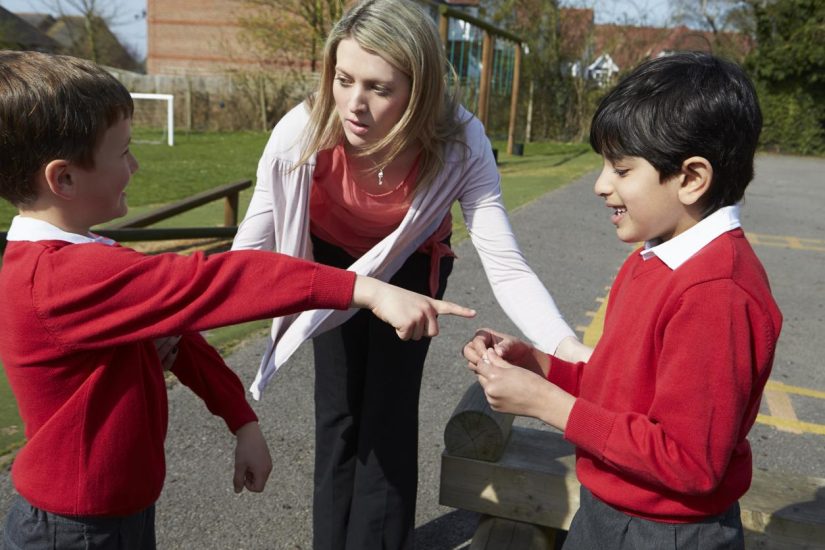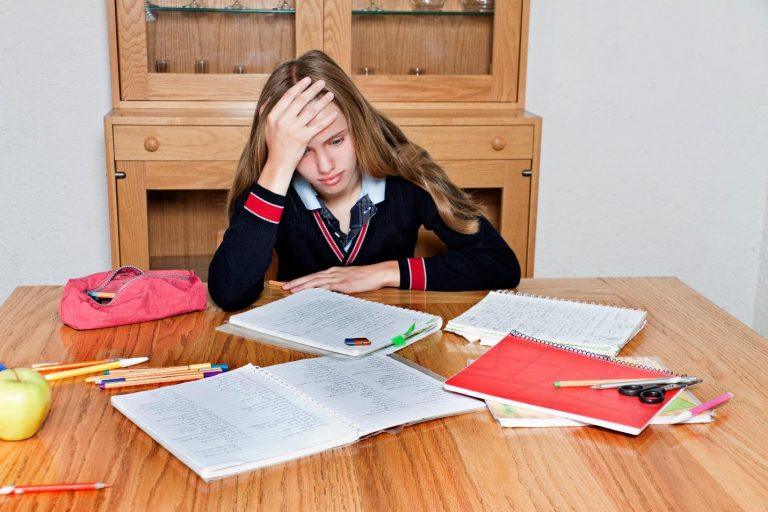Teaching children how to navigate disagreements is essential for their social and emotional development. How does working through conflict promote social skills in children? By fostering empathy, understanding, and problem solving abilities, children not only learn to resolve disputes but also build stronger connections with their peers.
Why Is Conflict Resolution Important for Children?
Conflict is a natural part of life and, for children, an opportunity to grow. By learning to resolve disagreements effectively, children develop vital problem solving and communication skills. These experiences prepare them for future interactions and teach them to manage emotions in challenging situations.
Those who develop skills to manage conflicts with peers and negotiate solutions will find their school years more harmonious and they will carry these skills into adult life. Remember that in case of needing school support we have the best home tutors available.
Key Steps for Teaching Problem Solving to Children
- Identify the Problem: Help children articulate what the conflict is about. Encourage them to use “I” statements to express their feelings and needs.
- Explore Problem Solving Steps: Teach them to listen actively, understand different perspectives, and brainstorm potential solutions together.
- Practice Conflict Resolution: Role-play different scenarios where they can practice resolving conflicts in a safe and supportive environment.
By breaking conflicts into manageable steps, children gain confidence in handling disputes constructively.
How Parents Can Help Children Develop Social Skills
Parents play a crucial role in guiding children through conflict resolution. They can foster empathy by communicating and encouraging children to think about how others might feel in a disagreement and provide opportunities for practice through group activities or games that build problem solving skills. Parents should model positive behavior by demonstrating how to handle conflicts calmly and constructively in their interactions. Additionally, it is important to support children without intervening, allowing them to work through challenges independently while being available for guidance when needed. It’s also important to teach your child to learn from mistakes.
Tips to Build Conflict Resolution Skills
- Teach kids strategies to calm down and take a step back from the situation.
- Show empathy and always take children’s problems seriously.
- Encourage your child to use ‘I’ statements to explain how they feel without assigning blame to others.
- Model and practice active listening.
- Discuss common scenarios involving conflict together, imagining the situation from different points of view. Brainstorm win-win solutions.
- When you have to intervene in a conflict, remember your job isn’t to come up with the solution but to guide kids towards it.
- Teach children that it’s okay to walk away from an argument.
Benefits of Conflict Resolution in Social Skill Development
Working through conflicts offers numerous benefits for children. It improves communication skills as they learn to articulate their thoughts and emotions clearly. Resolving conflicts helps them build stronger relationships by fostering trust and understanding with their peers. Successfully addressing disagreements increases their confidence and teaches them to collaborate and work as part of a team. By overcoming challenges, children grow into socially adept individuals ready to navigate complex interpersonal dynamics.
Why Choose Tutor Doctor for Your Child’s Growth
At Tutor Doctor, we understand the importance of equipping children with the skills they need to navigate life’s challenges. Our personalized tutoring programs go beyond academics, fostering critical thinking, empathy, and problem solving abilities. Whether your child needs help with schoolwork or wants to build essential life skills, we are here to support their growth. Contact us today to learn how our tailored tutoring services can make a difference in your child’s life.




